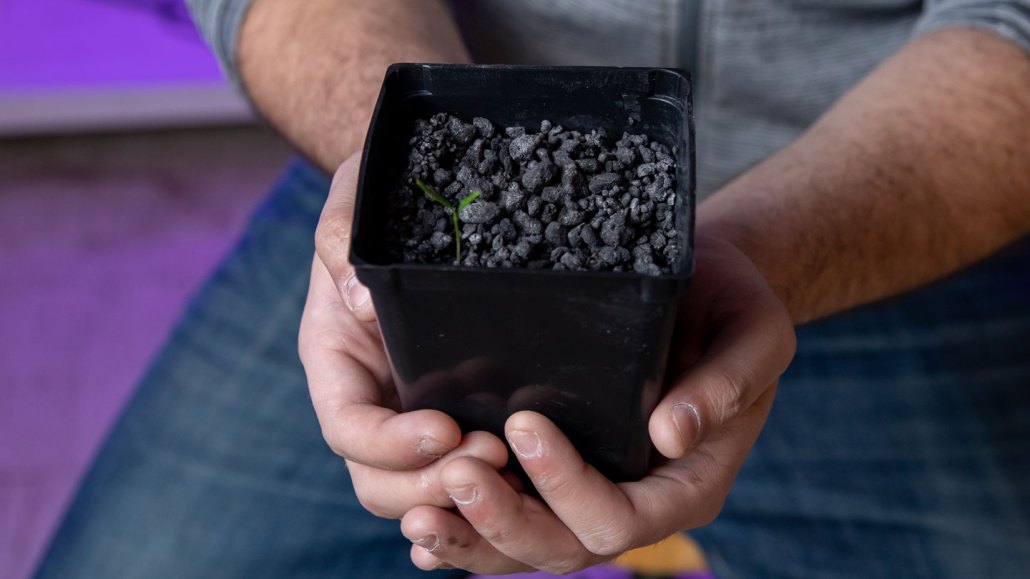Astronauts might be able to use asteroid soil to grow crops
Lettuce, chili pepper and radish plants grew in mixtures of faux asteroid dirt and peat moss

Astrobiologist Steven Russell holds a container of faux asteroid soil and peat moss, with a chili pepper seedling peeking through.
Mike Hess/UND Today